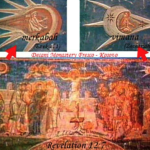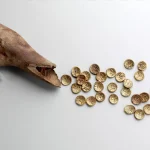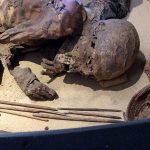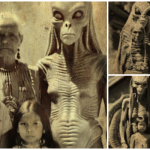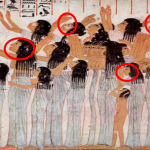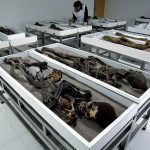The Discovery of Emperor Marcus Aurelius’ Golden Bust, 1939
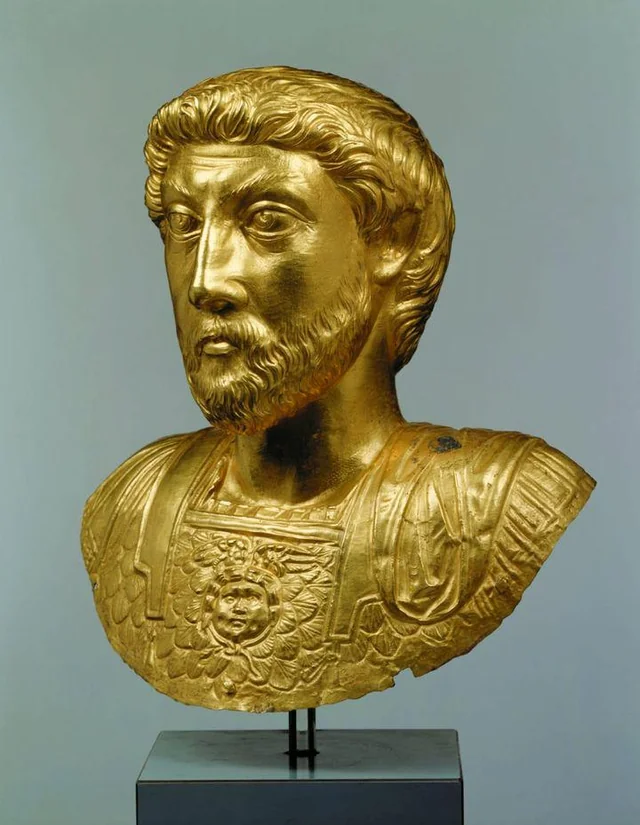
In the annals of archaeological discovery, few findings rival the sheer splendor and historical significance of the unearthing of the golden bust of Emperor Marcus Aurelius in 1939. This extraordinary artifact, discovered during an excavation of a temple at Avenches’ ancient predecessor, Aventicum, Switzerland, offers a captivating glimpse into the opulence and grandeur of the Roman Empire.
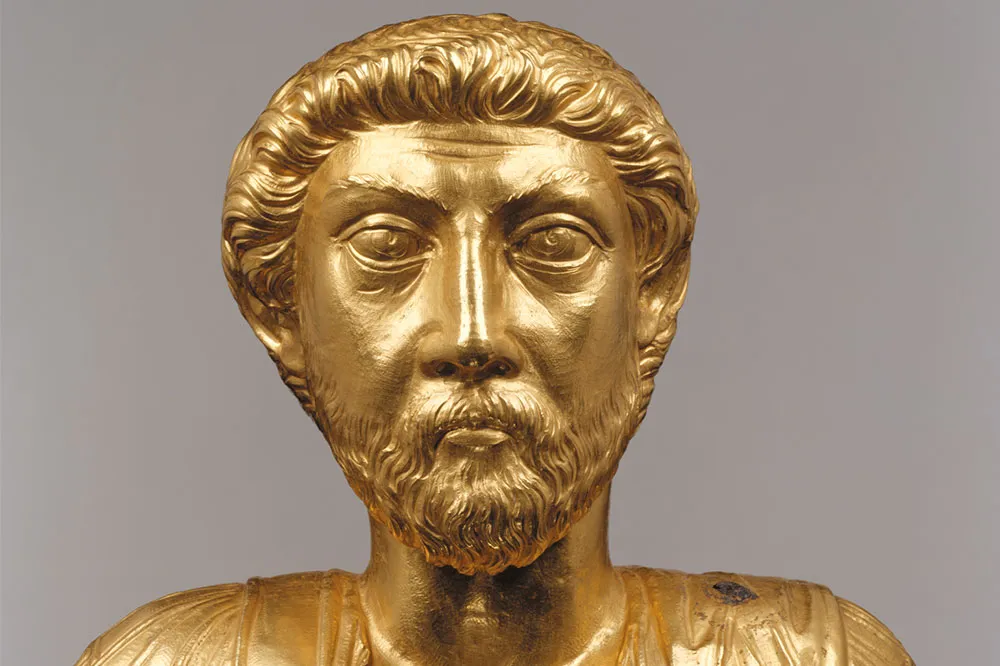
Aventicum, once the capital of the Helvetii, became a pivotal center of Roman influence following its incorporation into the Roman Empire under Augustus in 15 B.C. It was within this ancient cityscape that the golden bust of Emperor Marcus Aurelius lay hidden for centuries, nestled amidst the ruins of a bygone era.
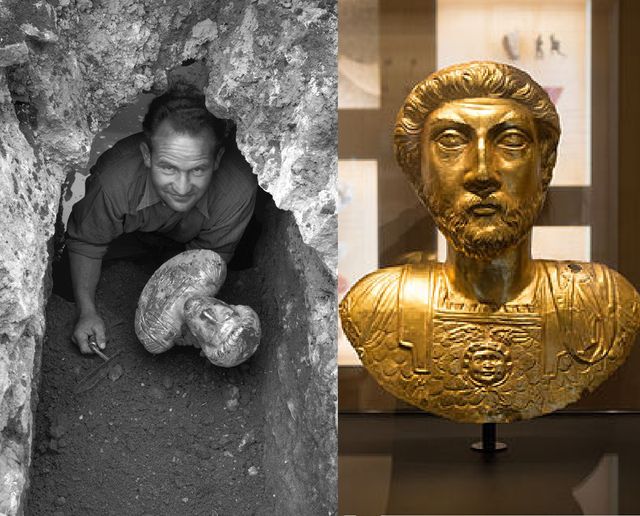
The discovery of the golden bust marks a watershed moment in the study of Roman art and archaeology. Crafted from precious metal, it stands as the largest known bust of an emperor made of such material, a testament to the wealth and power of Rome’s imperial rulers. Moreover, it is one of only a handful of gold busts to have escaped the fate of being melted down, preserving for posterity a rare glimpse into the artistic mastery of antiquity.
The craftsmanship exhibited in the golden bust is nothing short of extraordinary. From the intricate detailing of the emperor’s features to the lifelike portrayal of his likeness, every aspect of the sculpture speaks to the skill and artistry of its creators. As we gaze upon its golden visage, we are transported back in time, to an era of imperial grandeur and cultural flourishing.

Beyond its aesthetic appeal, the golden bust of Emperor Marcus Aurelius serves as a tangible link to the past, a relic of a bygone age that continues to captivate and inspire. Through its discovery, we gain invaluable insights into the political, social, and artistic dynamics of the Roman Empire, shedding light on the enduring legacy of one of history’s greatest civilizations.
In conclusion, the discovery of the golden bust of Emperor Marcus Aurelius in 1939 stands as a testament to the enduring allure of archaeology and the power of artifacts to transcend time and space. As we continue to unravel the mysteries of the ancient world, may we draw inspiration from the majestic splendor of this remarkable artifact, and strive to preserve and protect our shared cultural heritage for generations to come.



